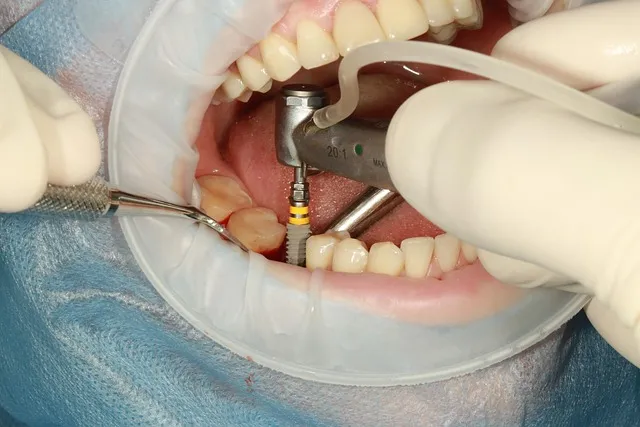What is tonsillectomy?
Tonsillitis results from inflammation of tonsils (oval-shaped bags of tissue located at the back of throat on each side) in response to bacteria and viruses caught in them as part of body's natural immune response. Tonsillectomy refers to the surgical removal of tonsils to treat the infection and inflammation. Traditional methods of tonsillectomy have been around for many years but is associated with pain, bleeding and long recovery periods. A more recent advancement in tonsillectomy is laser tonsil ablation (LTA), in which your surgeon uses a laser beam to generate radiation that cuts and vaporizes the tonsil tissue. This type of laser treatment removes tonsils completely without causing any bleeding.Why do you need laser tonsil ablation?
Your doctor may recommend tonsillectomy to you if other modes of treatment haven't worked so far or if it is a recurrent problem. Today, surgery is also performed in cases of sleep-disordered breathing to treat breathing problems like loud snoring and airway obstruction that results from enlarged tonsils. The advantages of undergoing laser tonsil ablation are:- Can be performed on a wide age group (children and adults)
- Uses local anaesthesia; performed in the doctor's office
- Additionally removes crevices in the back of the throat that house bacteria, which cause recurrent infection
- Can be used to remove both tonsils and adenoids
Which specialist should you consult if you have any of the signs and symptoms?
Your general practitioner will refer you to an ear, nose and throat (ENT) specialist if you show the following symptoms of tonsillitis:- Difficulty in swallowing
- High temperature
- Bad breath (halitosis)
- Fatigue
- Ear and head ache
What is the procedure for tonsillectomy?
During the laser tonsil ablation, your surgeon will use a hand-held carbon dioxide or KT laser and direct it at the site of tonsil inflammation. A device will be placed to keep your mouth open during the length of the surgery. Light energy is converted into heat, which is transferred to the tonsil tissue. This causes the tonsil tissue to shrink and also eliminate crevices in the area that prevent future infections. The surgery is performed in the outpatient department and you will be able to go home on the same day as the surgery. The procedure takes around 20 minutes.What are the known complications of the surgery?
Like any surgery, there are some risks, though very rare, involved with LTA. These include:- Ear or sinus infections
- Recurrent sore throat
- Change in voice
- Regurgitation of food or fluids through nose (very rare)
What are the dietary and physical activity requirements before and after tonsillectomy?
Your throat will be sore after the surgery and you may also experience ear pain. Eating frozen and cool food items like ice cream, sherbet, fruits and cold liquids with providing relief during this period. Avoid crowded spaces and exposure to people with illnesses, as your system is quite prone to infections during this phase. Consult your doctor if you notice bleeding in your mouth. Sources:"Coblation Emerges as Tonsillectomy Option," WebMD Health News, Daniel J. DeNoon, Sept. 23, 2005, https://www.webmd.com/parenting/news/20050923/coblation-emerges-as-tonsillectomy-option"Tonsillectomy," MayoClinic.com, Mayo Clinic Staff, Tonsillectomy,"Breakthrough Treatment for Tonsil Stones," Science Daily, 20 June, 2012, https://www.sciencedaily.com/releases/2012/06/120620113236.htm
Reviewed by







